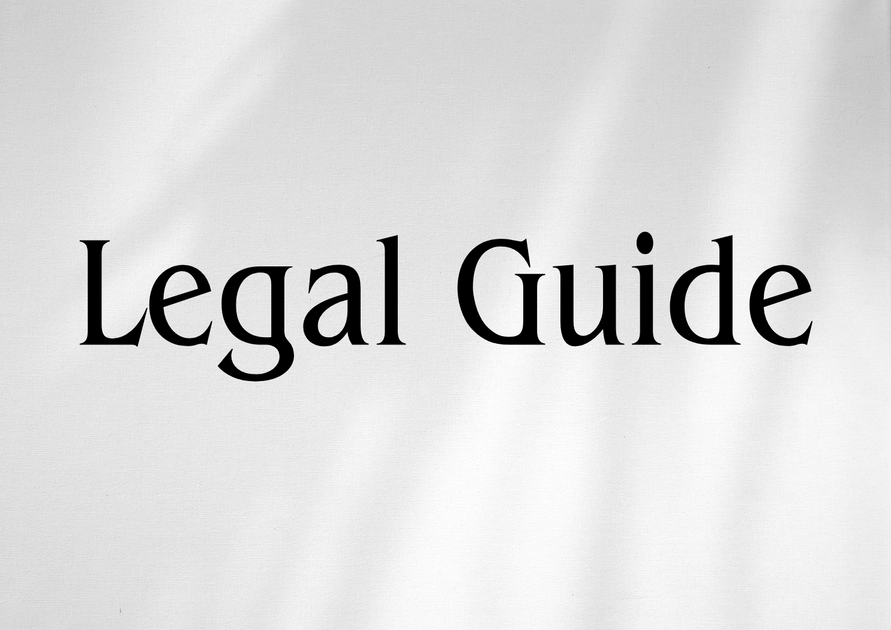Introduction: Strategic Debt Recovery in Qatar’s Evolving Legal Landscape
As Qatar’s financial sector grows increasingly dynamic, the challenge of effective debt recovery becomes more pronounced for banks operating within, or in concert with, the Gulf Cooperation Council (GCC) region. For UAE-based legal consultancies, clients frequently require sophisticated, cross-border solutions—an imperative shaped by the region’s heightened regulatory standards, recent legal amendments, and the interconnected nature of GCC banking transactions. Understanding Qatar’s debt recovery protocols is, therefore, no longer a specialist concern but a strategic necessity for UAE businesses, multinational banks, and legal professionals seeking to mitigate risk and preserve assets across borders.
This comprehensive article serves as an expert guide for UAE legal practitioners, financial executives, risk managers, and HR decision-makers. Drawing on authoritative sources, it presents a consultancy-grade analysis of debt recovery procedures in Qatar, benchmarking these against regional best practices and recent UAE legal updates. Our focus is to equip readers with actionable insights—practical, compliant, and future-proof—rooted in the rigor of cross-jurisdictional legal practice.
Table of Contents
- Legal Framework for Debt Recovery in Qatar
- Procedural Steps for Debt Recovery in Qatar
- Bank-Specific Mechanisms in Qatar
- Comparison with Recent UAE Law Updates (2025)
- Case Studies and Sectoral Insights
- Risks, Non-Compliance, and Strategic Recommendations
- Compliance Checklist and Practical Guidance
- Conclusion: Navigating Future Challenges
Legal Framework for Debt Recovery in Qatar
Statutory Basis and Court Structure
Debt recovery in Qatar is governed primarily by the Qatar Civil Code (Law No. 22 of 2004), which establishes creditors’ rights, compensatory mechanisms, and enforceable procedures. Supplementing these are the Qatar Commercial Code (Law No. 27 of 2006), the Qatar Central Bank Law (Law No. 13 of 2012, amended 2017), and relevant procedural codes. In practice, banking disputes commonly fall under the jurisdiction of the Civil and Commercial Courts of Qatar.
Key Provisions Affecting Debt Recovery
- Definition of enforceable debts and commercially recognized obligations.
- Procedures for demand, negotiation, and judicial recourse.
- Specific allowances for secured lending, including mortgages, pledges, and guarantees.
- Provisions for interim relief, asset freezing, and ex parte orders when warranted.
Relevant Authorities and Recourse
Banking institutions in Qatar interact mainly with the Qatar Central Bank (QCB) for regulatory compliance, but legal enforcement hinges on timely navigation of the Qatari judiciary. Professional legal guidance ensures the proper filing, notification, and documentation required for a successful recovery claim.
Procedural Steps for Debt Recovery in Qatar
1. Pre-Litigation: Amicable Settlement and Notification
Under Qatari law, banks are expected to pursue amicable solutions before instituting legal proceedings. This typically involves:
- Issuing formal demands or notices (typically 7-30 days period).
- Engaging in structured negotiation or mediation, as encouraged by the courts and QCB Guidelines.
- Documenting settlement efforts, which can later support litigation if out-of-court recovery fails.
2. Instituting Proceedings: Litigating Recovery Claims
Should informal efforts prove ineffective, banks may initiate civil proceedings. The process includes:
- Filing of Statement of Claim and payment of prescribed court fees.
- Respondent notification and opportunity to submit defense.
- Exchange of evidence: loan agreements, account statements, repayment history, and correspondence.
- Court-ordered mediation where appropriate, or direct judicial deliberation.
- Issuance of judgment and enforcement measures (see below).
Visual Suggestion: Debt Recovery Process Flow Diagram illustrating stages from notification to enforcement, to be placed here for reader clarity.
3. Enforcement Mechanisms
- Attachment of assets by court order.
- Garnishment of wages or accounts (with QCB direction).
- Judicial sale of secured property (mortgage, pledge, etc.).
- Blacklisting of non-compliant debtors with credit bureaus and regulatory agencies.
- Cross-border enforcement assistance via reciprocal arrangements (notably relevant for UAE-linked debtors).
Bank-Specific Mechanisms in Qatar
Central Bank Guidelines and Industry Practice
The Qatar Central Bank (QCB) regulates all bank lending practices, risk assessment, and recovery policies. QCB Circulars require:
- Detailed due diligence during credit assessment.
- Transparent communication and notification to customers in the event of default.
- Mandatory reporting of impaired loans and provisions for bad debt under IFRS guidelines.
- Internal escalation, including credit committees and special assets units for high-value defaults.
Secured Lending and Priority Rights
Secured transactions enjoy preference under Qatari law, enabling banks to enforce security interests efficiently. The Commercial Code and related property laws detail banks’ rights to:
- Foreclose on mortgaged real estate or pledged assets with court approval.
- Exercise lien rights over cash, deposits, or marketable securities.
- Invoke personal guarantees and assignment of receivables mechanisms.
Summary Proceedings and Order for Payment
Certain claims (e.g., bounced cheques, documentary credits) allow banks to seek expedited enforcement through summary procedures, minimizing delays and enhancing asset recovery.
Comparison with Recent UAE Law Updates (2025)
Overview and Regulatory Evolution
While the focus is Qatar, UAE-based banks and companies frequently face cross-border recovery scenarios. The UAE Federal Decree-Law No. 42 of 2022 on Civil Procedures, updated for 2025, has introduced notable changes for debt recovery in the UAE. These include expedited summary courts, enhanced mediation requirements, and clearer asset enforcement rules. UAE practitioners should assess these differences when handling Qatari debts or enforcing UAE judgments in Qatar.
| Procedure | Qatar | UAE (2025 updates) |
|---|---|---|
| Pre-litigation Mediation | Encouraged but not always mandatory | Compulsory for specific debt amounts |
| Order for Payment/Summary Proceedings | Available for specific claims (e.g., cheques) | Broader application, with fast-track courts |
| Asset Attachment | Permitted after final judgment (exceptions for summary enforcement) | Permitted at earlier stages with court approval |
| Enforcement of Foreign Judgments | Reciprocal basis, subject to Qatari court review | Treaties facilitate GCC-wide enforcement |
| Duration to Enforcement | 6-24 months (varies by case complexity) | Potentially shorter with new reforms |
Case Studies and Sectoral Insights
Case Study 1: Cross-Border Corporate Debt Recovery
Scenario: A UAE-headquartered bank extends a large trade finance facility to a Qatari manufacturer. Upon default, the bank initiates recovery proceedings in Qatar, leveraging underlying guarantees and seeking attachment of local assets. The absence of a mutually recognized order for payment mechanism (as available in UAE courts) obliges the bank to pursue full civil litigation and asset enforcement in Qatar, informed by proper documentation and early engagement with asset tracing specialists.
Case Study 2: Secured Lending and Enforcement
Scenario: An SME in Qatar defaults on a loan secured by property and company receivables. The lending bank promptly petitions the Qatar courts for foreclosure and enforcement. Given the presence of valid security, the process is streamlined, illustrating the critical value of robust collateral management and compliance with QCB lending standards at loan origination.
Practical Guidance for UAE Stakeholders
- Ensure dual documentation: Agreements should be compliant with both jurisdictions if cross-border enforcement may be required.
- Engage local counsel in Qatar early to expedite asset identification and secure procedural standing.
- Monitor QCB Circulars and UAE Ministry of Justice updates for changing enforcement policies.
Risks, Non-Compliance, and Strategic Recommendations
Major Risks for Banks and Lenders
- Delay in enforcement: Caused by procedural missteps, missing documentation, or unregistered security interests.
- Jurisdictional complexity: Differences between UAE and Qatari procedures, especially for cross-border debts.
- Regulatory non-compliance: Failure to adhere to QCB reporting and notification mandates may result in fines or regulatory restrictions.
- Reputational risk: Poorly managed recovery can escalate to customer complaints, damaging institutional trust.
Recommended Strategies
- Maintain Rigorous Documentation: Comprehensive loan files, accurate statements, and formal notices are essential, particularly for disputed recoveries or cross-border cases.
- Register and Review Collateral: Ensure all security interests are documented and registered as per Qatari law, to protect priority claims.
- Monitor Developments: Stay up to date with QCB Circulars and UAE Ministry of Justice releases for ongoing legal compliance.
- Invest in Specialized Recovery Teams: Deploy dedicated units or specialist legal advisers for high-value or cross-jurisdictional matters.
- Leverage Mediation Where Viable: Early engagement may lead to cost-effective settlements, supported by courts and regulatory authorities.
Visual Suggestion: Compliance and Risk Mitigation Checklist—ideal as a downloadable, branded infographic for in-house and HR teams.
Compliance Checklist and Practical Guidance
| Action | Details |
|---|---|
| Document Preparation | Ensure all agreements and guarantees are valid and easily accessible |
| Notification Requirements | Issue compliant demand notices with prescribed periods |
| Collateral Registration | File all security interests with applicable registries |
| Regulatory Reporting | File impaired loans and defaults with QCB as required |
| Legal Representation | Appoint specialized counsel for court proceedings |
| Alternative Dispute Resolution | Consider mediation or settlement as encouraged by Qatari practice |
| Monitoring Legal Updates | Assign compliance officers to track relevant legal changes (QCB, UAE MOJ) |
Conclusion: Navigating Future Challenges for UAE and Qatari Banks
The landscape for debt recovery in Qatar—and the broader GCC—has never been more dynamic. As legal reforms across Qatar and the UAE raise the bar for due process, timely compliance, and documentation, banks and their advisers must adapt by embracing best practices, robust documentation, and active jurisdictional monitoring. UAE consultancies, in particular, are uniquely positioned to guide cross-border debt recovery amid evolving regulations, ensuring assets are protected, and client interests prevail.
Looking ahead, closer alignment between GCC jurisdictions is anticipated, especially for enforcement of judgments and the expansion of digital court procedures. To remain competitive, banks should invest in compliance infrastructure, update policies in line with legislative changes, and maintain strong collaborative ties with regional legal advisers. This proactive approach not only mitigates risk but also future-proofs financial operations in a rapidly shifting environment.




